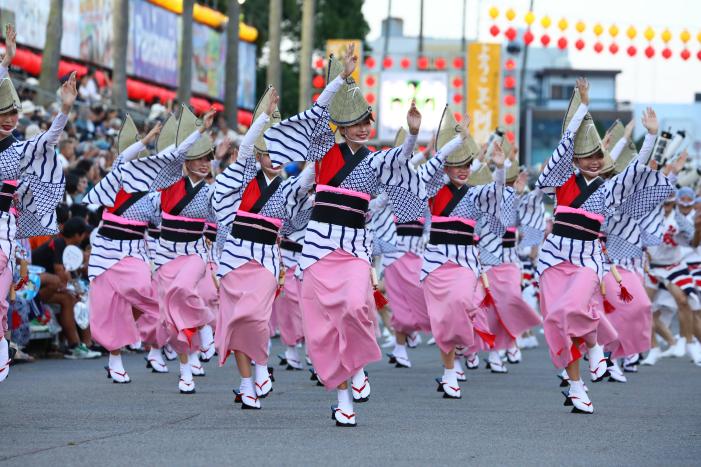

Their crops include plantains, corn, sugarcane, and beans. Literacy among Awa speakers is less than 1% in their native language and under 5% in the secondary Spanish language. Most Awa women are monolingual to the Awa Pit language, while some men can speak both Spanish and Awa Pit and a very few of these Awa Pit speakers can both read and write the language. In a study done in 2008 there were about 12,000 Awa Pit speakers, but as of 2011 there are about 2,100 speakers left in the provinces of northern Ecuador. The Awa Pit language is spoken less and less each year. The Awa pit language has around 21 thousand speakers, mostly residing on the Colombian Pacific slopes of the Andes, with about a thousand in an adjacent area of Ecuador. Grammatically, Awa pit uses a characteristic conjunct/ disjunct system of verb suffixes for person-marking which displays similarities with some Tibeto-Burman languages, such as the Newari language of Kathmandu. The Awa pit language has a subject–object–verb structure and has adopted the Latin script. Awa pit is classified by UNESCO as a severely endangered language.

Another term that this group goes by is the " Inkal Awa" or "the mountain people", to distinguish themselves from other indigenous groups within that region. Awa Pit or otherwise known as Cuaiquer ( Coaiquer, Cuayquer, Kwaiker, Kwayquer, etc.), in both group and name, is classified as part of the Barbacoan language. Located in the region of Colombia and Ecuador, the Awa or Awa Pit speaking people is an indigenous group settled between the Andes Mountains and the Western Coast.


 0 kommentar(er)
0 kommentar(er)
